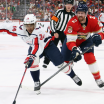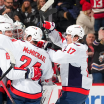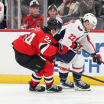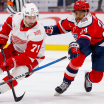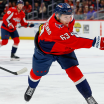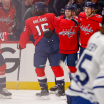When the NHL hit the pause button on the 2019-20 season on March 12, the league was less than three weeks beyond its Feb. 24 trade deadline. Players who changed teams at or ahead of that deadline hadn't had much time to acclimate to their new teammates or surroundings before they were urged into quarantine.
Camp Could Prove Beneficial for Newest Caps
Training camp in July is unusual, but might help Dillon and Kovalchuk get a better grasp on the Caps' systems with playoffs looming
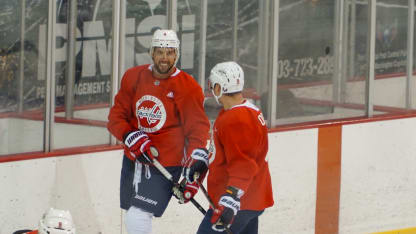
Brenden Dillon | July 14
Ilya Kovalchuk | July 15

